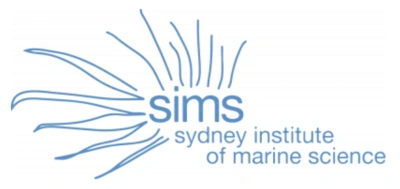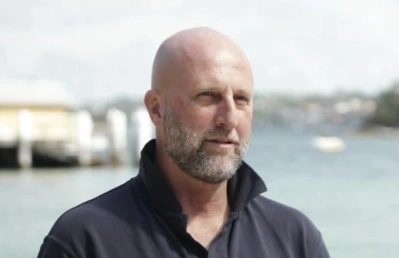If you look at the beautiful Chowder Bay, on the Mosman Peninsula, for example, and you look at our intertidal areas, our intertidal areas are on a slope quite often.

Sandstone weathers in very particular ways and very unique ways. In that intertidal area, you get things like rock pools, and shallows. When the tide goes up and down, this intertidal area is an area that is teeming with biodiversity. The intertidal area is in fact one of the more important ecological environments that we have in our shorelines.


Because natural shoreline is so important for marine biodiversity, what the Sydney Institute of Marine Sciences is doing with our living seawalls project, is we're trying to mimic a lot of natural structures that we see. So with the living seawall tiles, we have 10 unique designs. Some of them mirror what we'd see in mangrove groves, some of them mirror what we would see in small rock pools and pockets. We are able to install them onto vertically built structures, which increases the surface area, increases things like water retention when you have tidal changes, and what we see in a typical installation we have of a living seawall, we install about 72 panels, and it usually covers, that's usually sort of covering a depth of about two to two and a half metres of intertidal range.

We've got a large installation around Barangaroo, we have seen some introduced species there, which is a problem, we don't want to encourage and populate introduced species into the harbour, which might have come off the holes of boats and things like that. But what the studies have shown, is if we can control that early on and let the natural species establish, then it completely blocks out the introduced species. You then get a multiplier effect of restoring local species at the expense of potentially invasive species.

What the studies have shown, is if we can control that [invasive species] early on and let the natural species establish, then it completely blocks out the introduced species. You then get a multiplier effect of restoring local species at the expense of potentially invasive species.

Sydney Institute of Marine Science

Brett Fenton
If you look at the beautiful Chowder Bay, on the Mosman Peninsula, for example, and you look at our intertidal areas, our intertidal areas are on a slope quite often.

Sandstone weathers in very particular ways and very unique ways. In that intertidal area, you get things like rock pools, and shallows. When the tide goes up and down, this intertidal area is an area that is teeming with biodiversity. The intertidal area is in fact one of the more important ecological environments that we have in our shorelines.


Because natural shoreline is so important for marine biodiversity, what the Sydney Institute of Marine Sciences is doing with our living seawalls project, is we're trying to mimic a lot of natural structures that we see. So with the living seawall tiles, we have 10 unique designs. Some of them mirror what we'd see in mangrove groves, some of them mirror what we would see in small rock pools and pockets. We are able to install them onto vertically built structures, which increases the surface area, increases things like water retention when you have tidal changes, and what we see in a typical installation we have of a living seawall, we install about 72 panels, and it usually covers, that's usually sort of covering a depth of about two to two and a half metres of intertidal range.

We've got a large installation around Barangaroo, we have seen some introduced species there, which is a problem, we don't want to encourage and populate introduced species into the harbour, which might have come off the holes of boats and things like that. But what the studies have shown, is if we can control that early on and let the natural species establish, then it completely blocks out the introduced species. You then get a multiplier effect of restoring local species at the expense of potentially invasive species.

What the studies have shown, is if we can control that [invasive species] early on and let the natural species establish, then it completely blocks out the introduced species. You then get a multiplier effect of restoring local species at the expense of potentially invasive species.
Love what you're reading? Support Sydney Institute of Marine Science donate to support them now
Donate hereYou might like...

Restoring urchin barrens in Sydney Harbour

Operation Crayweed

Saving White’s Seahorse

Restoring Sydney Harbour’s seagrass
Newsletter
Sign up to keep in touch with articles, updates, events or news from Kuno, your platform for nature
